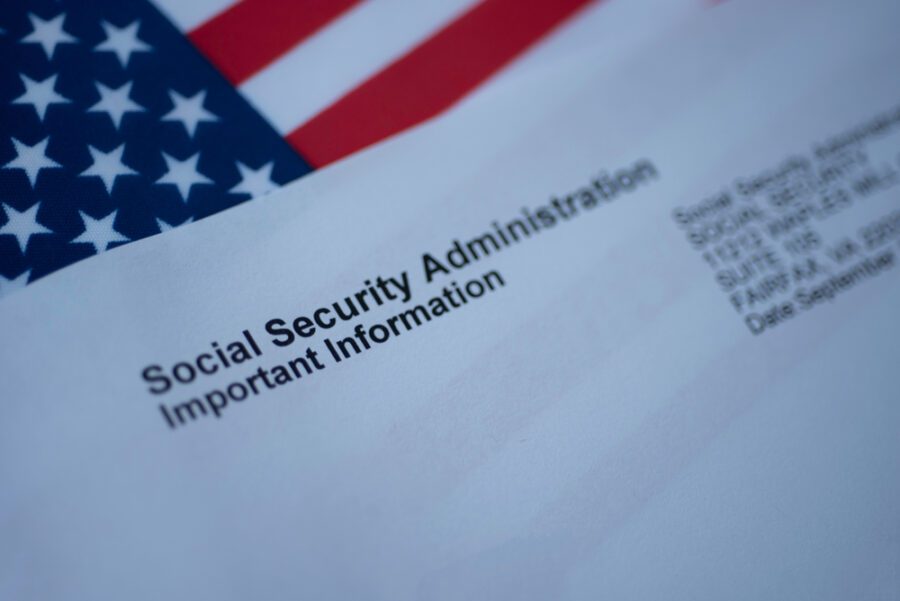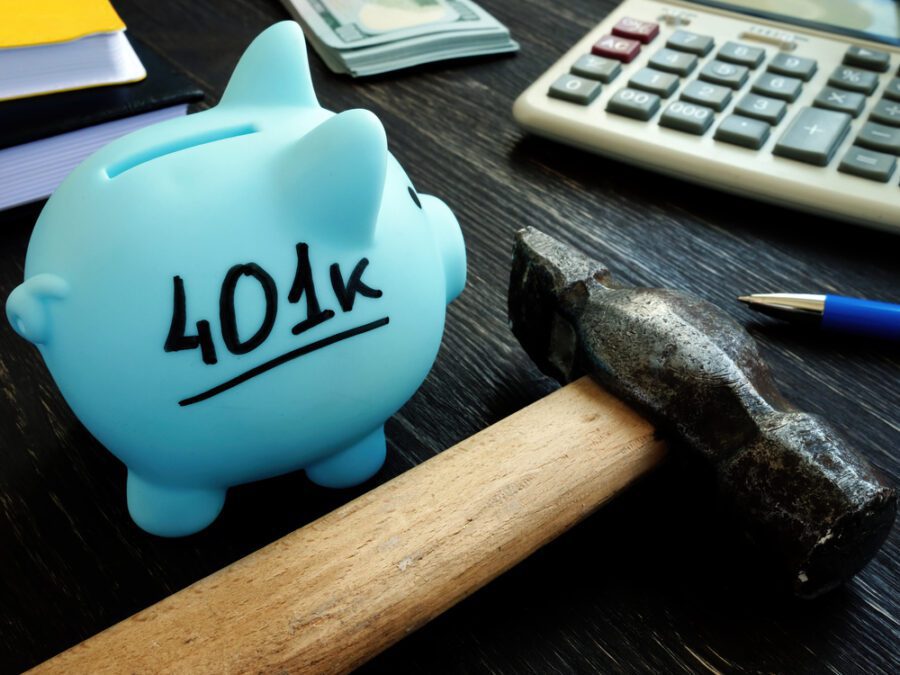
Inflation: The Silent Thief of Your Savings
Of all the hidden costs, inflation may be the most subtle and damaging. Inflation is the rate at which the general level of prices for goods and services is rising, and subsequently, purchasing power is falling. In simple terms, the dollar you have today will buy less tomorrow.
When you were working, your raises and cost-of-living adjustments likely helped you keep pace with inflation. In retirement, you are living on a fixed or slow-growing income. This makes you much more vulnerable.
A 3% average inflation rate might not sound like much, but over a 20- or 30-year retirement, it has a massive impact. Let’s say your living expenses are $60,000 in your first year of retirement. With 3% annual inflation, you would need over $80,000 a year to maintain the same lifestyle in just 10 years. In 20 years, you’d need nearly $110,000. That is a huge increase that many retirement budgeting plans fail to account for adequately.
This introduces a concept financial professionals call duration risk. For retirees, this is the risk that your fixed-income investments, like bonds or CDs, won’t grow fast enough to keep up with inflation over the long duration of your retirement. Your money is “safe,” but its buying power is slowly eroding every single day.
Social Security benefits do have cost-of-living adjustments (COLAs), which helps. However, these adjustments don’t always keep pace with the actual expenses seniors face, particularly in healthcare, where costs often rise much faster than general inflation.
Action Step: Your retirement portfolio needs to be built for the long haul. While safety is paramount, having a portion of your investments in assets with the potential for growth, like high-quality stocks or stock funds, can be a crucial hedge against inflation. It’s about finding the right balance for your personal risk tolerance. You can also explore inflation-protected securities like I Bonds or TIPS (Treasury Inflation-Protected Securities). Researching investment basics at a trusted source like Investor.gov, a site from the U.S. Securities and Exchange Commission, is a smart first step.









